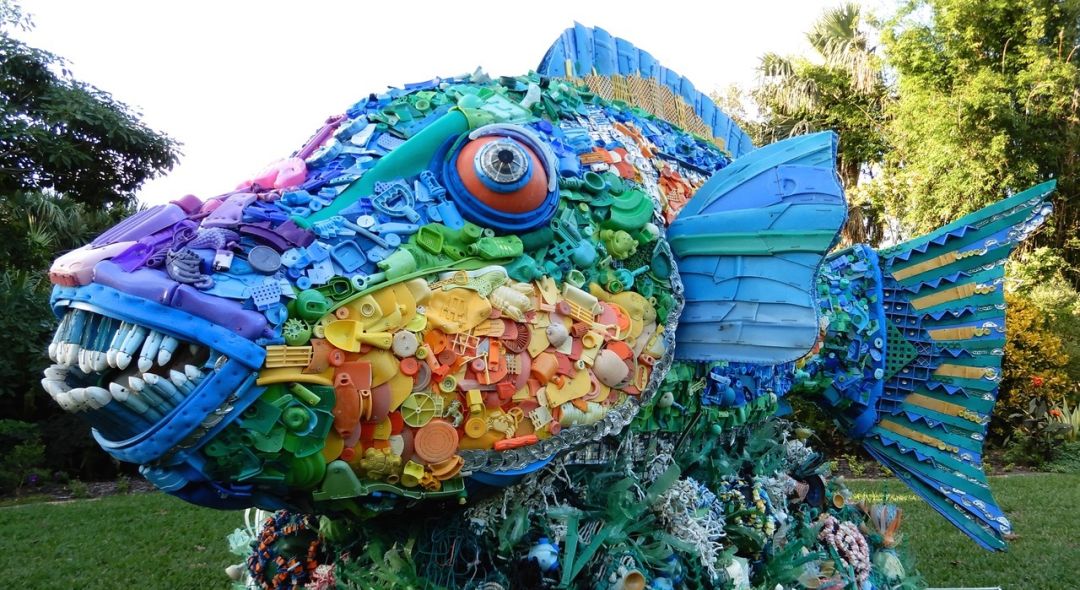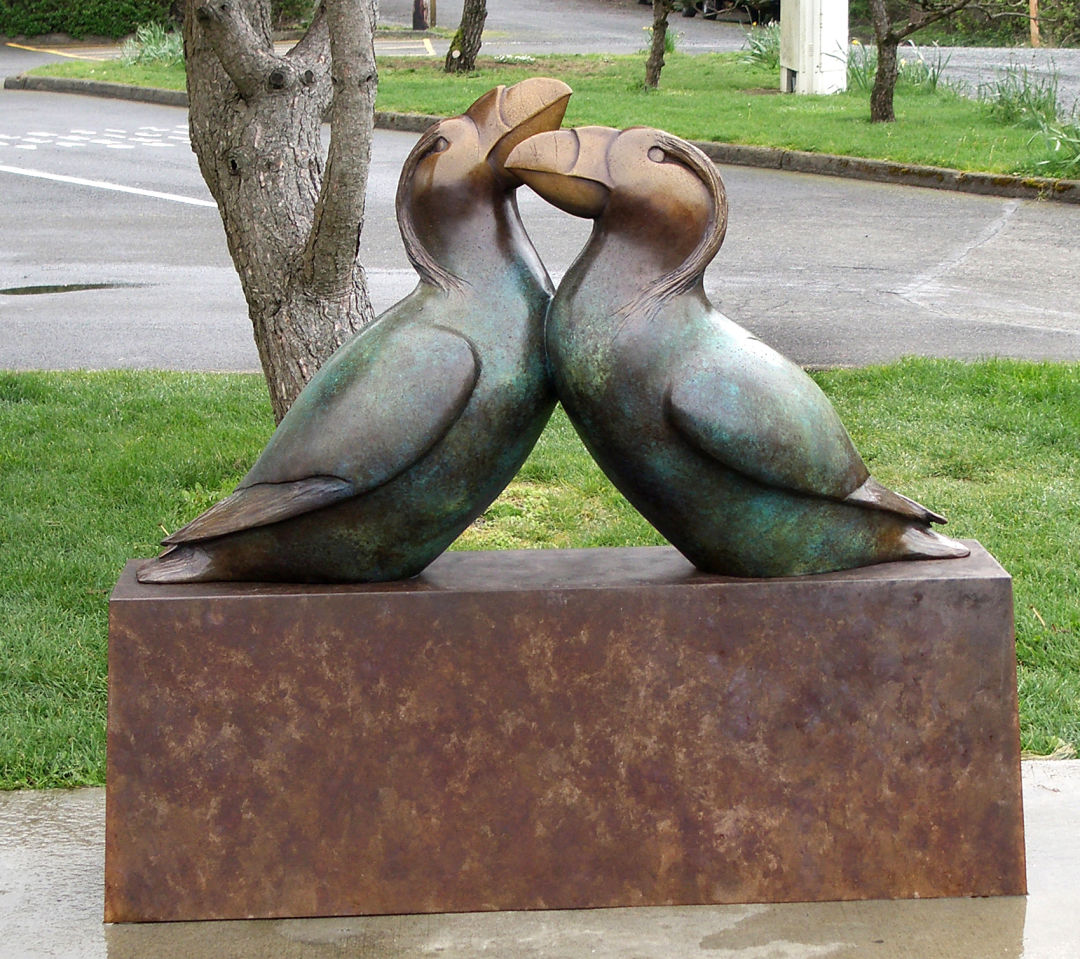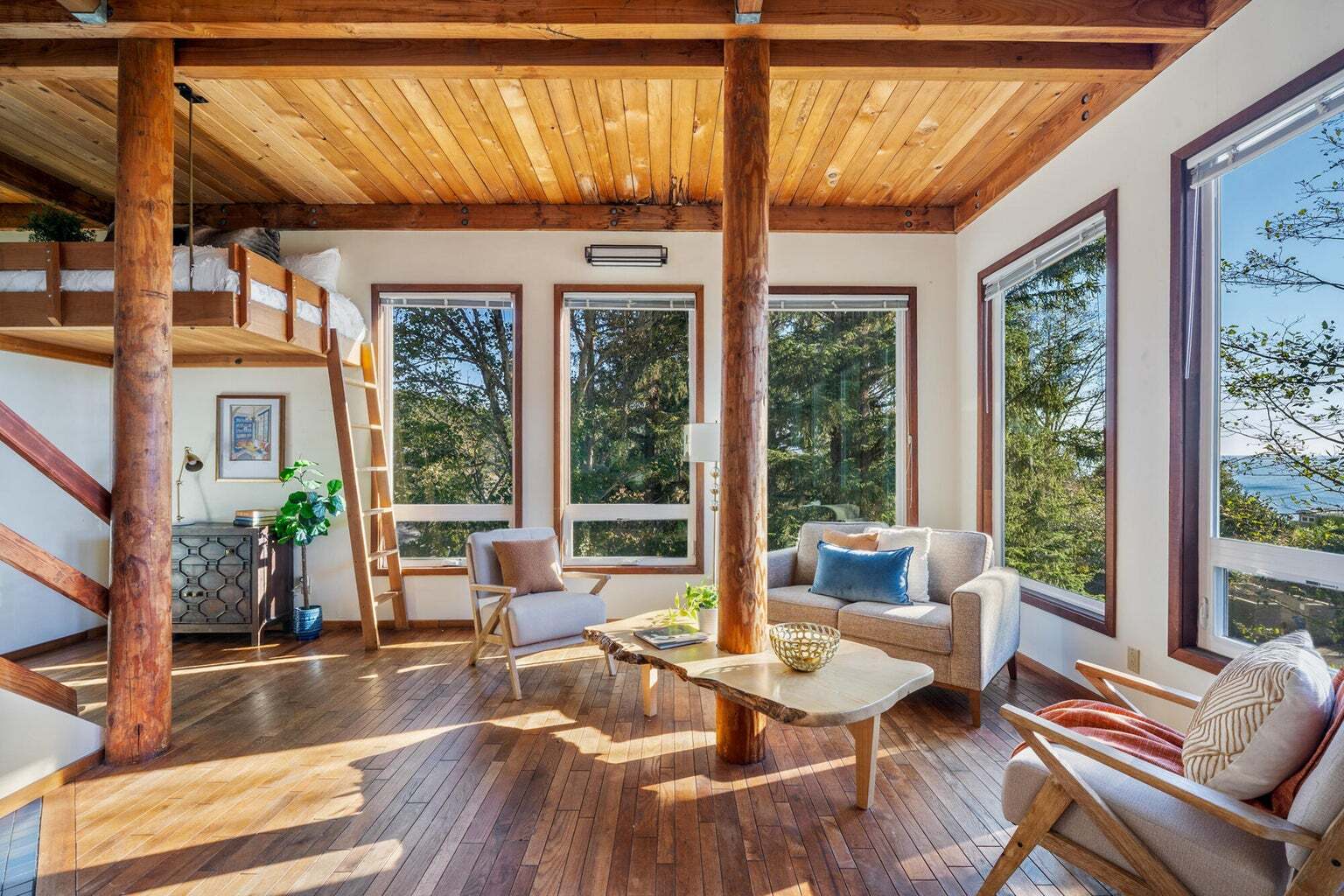The Oregon Coast's Next Trail Is All about Public Art

In Bandon, Oregon, Priscilla the Parrot Fish is made entirely of the kind of marine plastics that she eats, all collected onshore by the nonprofit Washed Ashore.
Image: Courtesy Washed Ashore
Lately, the Oregon Coast is all about trail-blazing. In March, the 86-mile Salmonberry Trail concept took a big step forward. (If realized, the multi-use path will connect Banks to the Pacific Ocean.) In April, we announced the kickoff of Tillamook County’s North Coast Food Trail, a “DIY road map to some 60 visitor-ready farmers, fishers, foragers, and foodie destinations between Cannon Beach and Lincoln City.” And then there’s what we call the New Coastal Ale Trail: 16 newer breweries stretching from Astoria to the California border.
Now, a coastal tourism agency is betting that a public art trail might also be a draw, even enticing visitors in the cold, wet off-season. “People travel [to the coast] for different reasons,” says Marcus Hinz, executive director of the Oregon Coast Visitors Association. “The last missing piece in our mind was art and culture.”
The idea of a public art trail came to Hinz in 2013 as he traveled from Astoria to Brookings through local chambers and visitor centers.
“I'd always find these pieces of public art, sometimes in quirky areas," Hinz says, "I thought, there’s a story behind all this art, and it's coast-wide.”
The idea gestated as the agency scaled up from one employee to six, working with a $1.5 million budget, largely thanks to Travel Oregon. Hinz says the long-term goal of the trail is to draw attention away from overcrowded northern beaches and into the coast's under-appreciated art museums and galleries.
“There’s a totem pole in front of the Umpqua Discovery Center in Reedsport, for example,” says Hinz. “First, who actually stops in Reedsport? Then, who actually finds the Umpqua Discovery Center, which is amazing?”
Admittedly, the trail's formal launch is a ways out; the association plans to unveil the official art trail website in January 2019. Once launched, the website will map artworks along Oregon’s 363 miles of Highway 101. In the meantime, Hinz has contracted Kevan Ridgway, with the Cannon Beach Chamber of Commerce, to inventory the coast's public art and build interest with various promotions.
Earlier this month, Ridgway issued a press release in celebration of International Sculpture Day on April 28. He also plans to create an ancillary website for autumn art crawls on the central coast near Florence, and might plan other art events focused on the north and south coast when tourism slows.

Artist Georgia Gerber's Tufted Puffins in Cannon Beach.
Among the issues to nail down for the trail to take shape: who decides what constitutes art and whether it’s worth the trip? Right now, Ridgway says the cities themselves are deciding which pieces fit the trail concept—though the association will cut art that looks decrepit or unprofessional. To be included, for example, Newport’s aging Bayfront murals will need a refresh. (And its “trash can art” doesn’t stand a chance.) Ridgway concedes that art’s subjectivity makes for tricky process. “The column in Astoria—is that classified as a piece of art or not?” he asks.
Uneven geographical distribution is also an issue. So far, Ridgway has inventoried more than 100 objects of interest, mostly murals and sculptures. Artsy Florence boasts a dozen pieces (all under the theme dancing with sea lions). But half of the 27 beach communities on his spreadsheet don’t claim any public art.
Ridgway hopes to expand the offerings by working with litter cleanup nonprofit SOLVE to transform beach debris into public art. He’s also talking with mayors and city councils to find funding sources so that every community has at least one work of public art by January 2019, nudging the art map’s final tally to 120. He cites Cannon Beach as a model: its city council allocates $15,000 a year to create or maintain art, from its wooden welcome pole to metal whale ribs, whale sculpture, tufted penguins, and other whimsical displays.
The trail will also highlight more challenging work, like Bandon nonprofit Washed Ashore. Depending on the nonprofit’s revolving exhibit, visitors can stand beneath the massive jaws of “Greta the Great White Shark” or walk through the eerie hanging “Whale Bones Rib Cage.” Since 2010, thousands of volunteers have transformed 20,000-30,000 pounds of plastic debris washed ashore in Oregon into 70 nine-foot tall sculptures. These steel-framed behemoths, which can weigh thousands of pounds, are meant to be shocking.
“From a distance, they look like beautiful fish," explains Frank Rocco, the marketing director of Washed Ashore. "Then you get close and start seeing the handles and the jars and the toothbrushes and the cell phones. Our job is to educate the public, encourage them to not use as much single-use plastics. We make art of the species that are being threatened by the plastics.”




